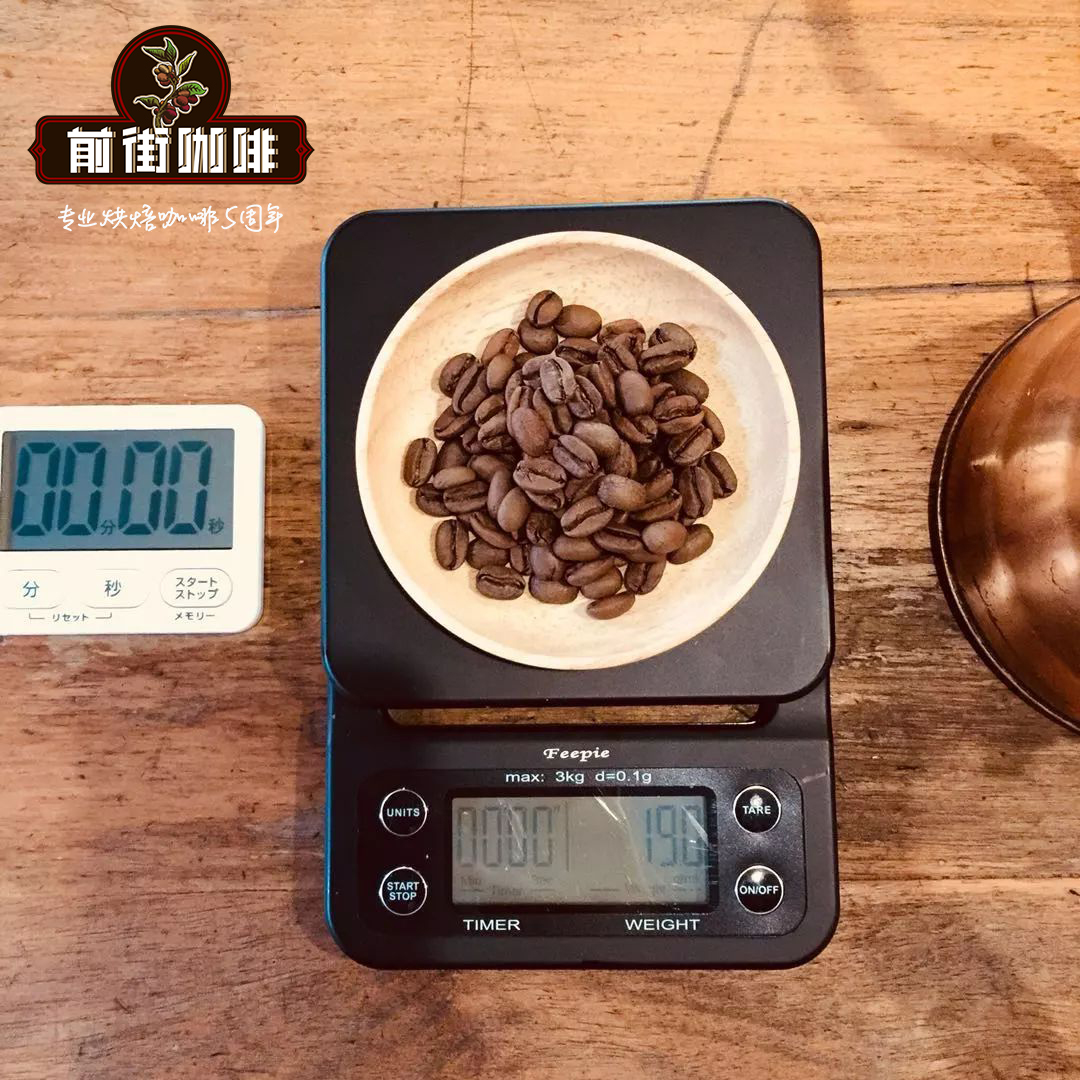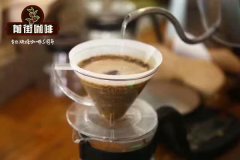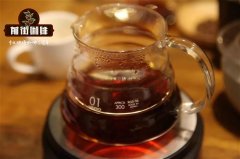Why does the price of coffee beans change into the price zone of coffee beans per jin of coffee, raw beans and cooked beans?

Professional coffee knowledge exchange More coffee bean information Please pay attention to coffee workshop (Weixin Official Accounts cafe_style)
Last Saturday I went to listen to Wu Ziyu's lecture, the content is about coffee beans, here to share with you.
First of all, let me say how I feel about coffee. There are really many grades of coffee. A few years ago I attended another coffee lecture given by a celebrity at Eslite South.
At the meeting he gave us each a top coffee bean. It smells good, but it doesn't seem to feel amazing at the time. Go home, put it on the table, don't take it seriously.
The next morning, he opened the door of his room. Wow, wow! The whole room smells of coffee. Looking carefully, I found that it all came from that bean.
I've done experiments, and regular beans don't have this magical effect.
One kilogram of first-grade coffee beans can bake 830g of cooked beans.
Ripe beans are sold on the market for 200 to 4,000 yuan a half-pound packet. Less than $200 is out of the question.
I think the coffee beans mentioned above may be 4000 yuan level?
830 grams of cooked beans can be divided into 3.2 and a half pounds.
If we calculate at NT$280 for half a pound, 830g can sell for NT$896.
It takes about 10g,12g and 15g of beans to brew a cup of coffee, depending on personal taste or store preference.
The price of a cup of hand-brewed coffee on the market in the store is about 150 yuan/cup, we take a cup of 100 yuan to calculate better.
One kilogram of first-grade raw beans can finally brew 55 cups of coffee, generating 5500 yuan of performance.
But guess what. How much is the purchase price of the local coffee farmer from the middle seller of the origin?
To provide information to make you better guess, coffee beans is an international market futures, coffee beans quoted every day is not the same.
The average price quoted by the exporter from the origin is about US$2.50/about NT$80 for one kilogram of first grade raw beans.
I was surprised to travel from Wu Ziyu to Gaya, Aceh, Indonesia, where I actually observed the poor lives of local coffee farmers.
Can you imagine eating one dish for a lifetime?
The purchase price of 1 kg of local first-grade raw beans is NT $1 ~3 yuan.
Important Notice :
前街咖啡 FrontStreet Coffee has moved to new addredd:
FrontStreet Coffee Address: 315,Donghua East Road,GuangZhou
Tel:020 38364473
- Prev

How to flush out the sweetness of coffee how to fully flush out the flavor of hand brewed coffee
Professional coffee knowledge exchange more coffee bean information Please follow the coffee workshop (official Wechat account cafe_style) if you want coffee to be extracted with more sweetness, you need to consider not only hand-brewed coffee, but also raw beans and roasting: first, raw beans, which contain about 6-9% sucrose, which is the main source of coffee sweetness.
- Next

Where did the coffee come from? I'll show you the history of hand-made coffee!
Professional coffee knowledge exchange more coffee bean information please follow the coffee workshop (Wechat official account cafe_style) casually step into any boutique coffee shop, nine times out of ten there is at least one hand coffee maker. Although V60 filter cup and Chemex hand brewer have been around for decades, they are still the representative of the third wave of coffee fad. But how did hand coffee evolve? This simple method of cooking
Related
- Beginners will see the "Coffee pull flower" guide!
- What is the difference between ice blog purified milk and ordinary milk coffee?
- Why is the Philippines the largest producer of crops in Liberia?
- For coffee extraction, should the fine powder be retained?
- How does extracted espresso fill pressed powder? How much strength does it take to press the powder?
- How to make jasmine cold extract coffee? Is the jasmine + latte good?
- Will this little toy really make the coffee taste better? How does Lily Drip affect coffee extraction?
- Will the action of slapping the filter cup also affect coffee extraction?
- What's the difference between powder-to-water ratio and powder-to-liquid ratio?
- What is the Ethiopian local species? What does it have to do with Heirloom native species?

